Recovering rocket boosters? Rocket Lab was successfully implemented with a helicopter
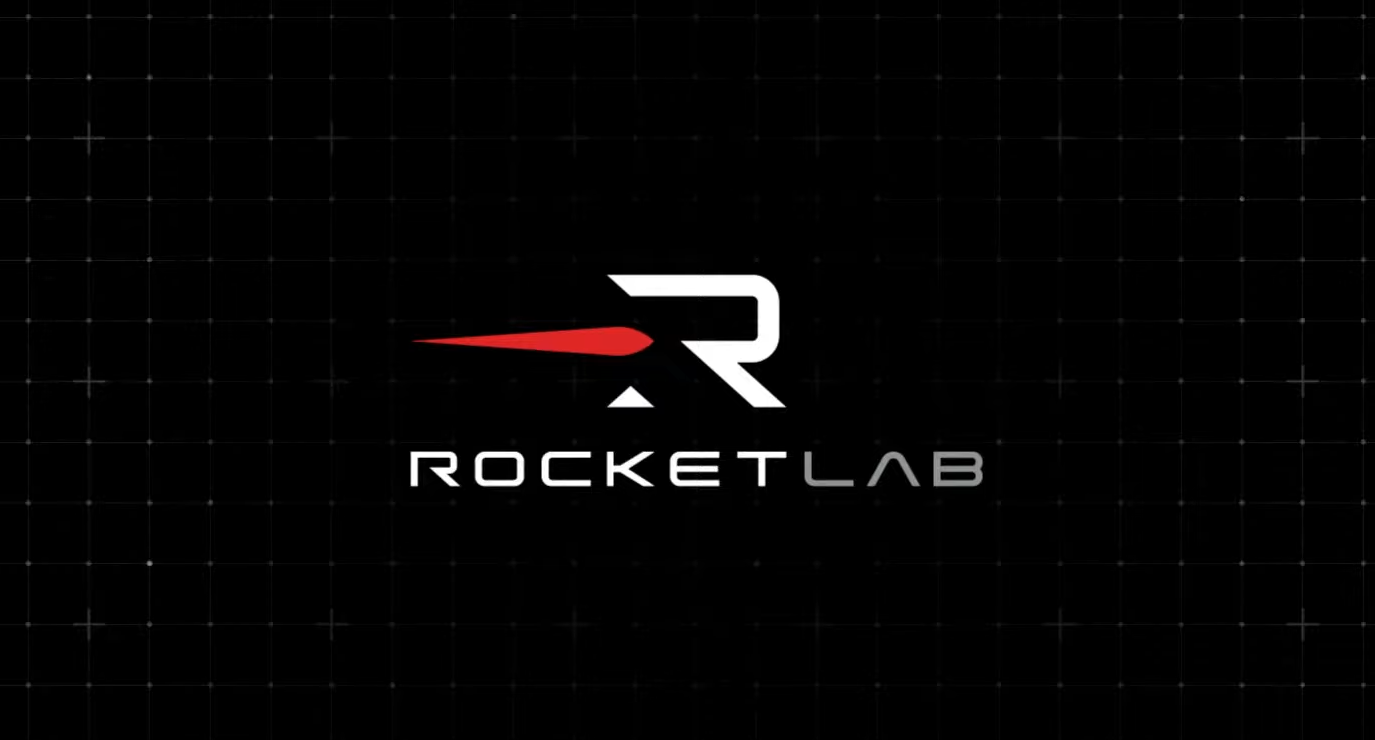
Rocket Lab’s logo
After nearly three years of preparation, rocket lab, a small satellite launch company, will capture the rocket in mid-air after launching the rocket in New Zealand. When the rocket falls back to Earth, helicopters will be used to try to grab the booster before it hits the ocean. In this way, the rocket can be launched again.

Electron ready to launch
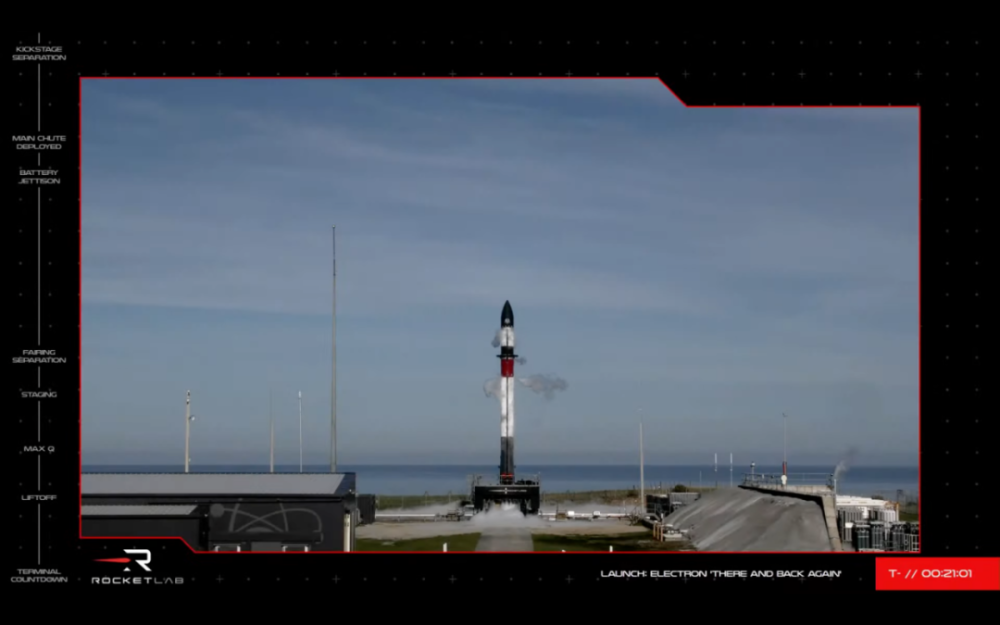
Electron ready to launch
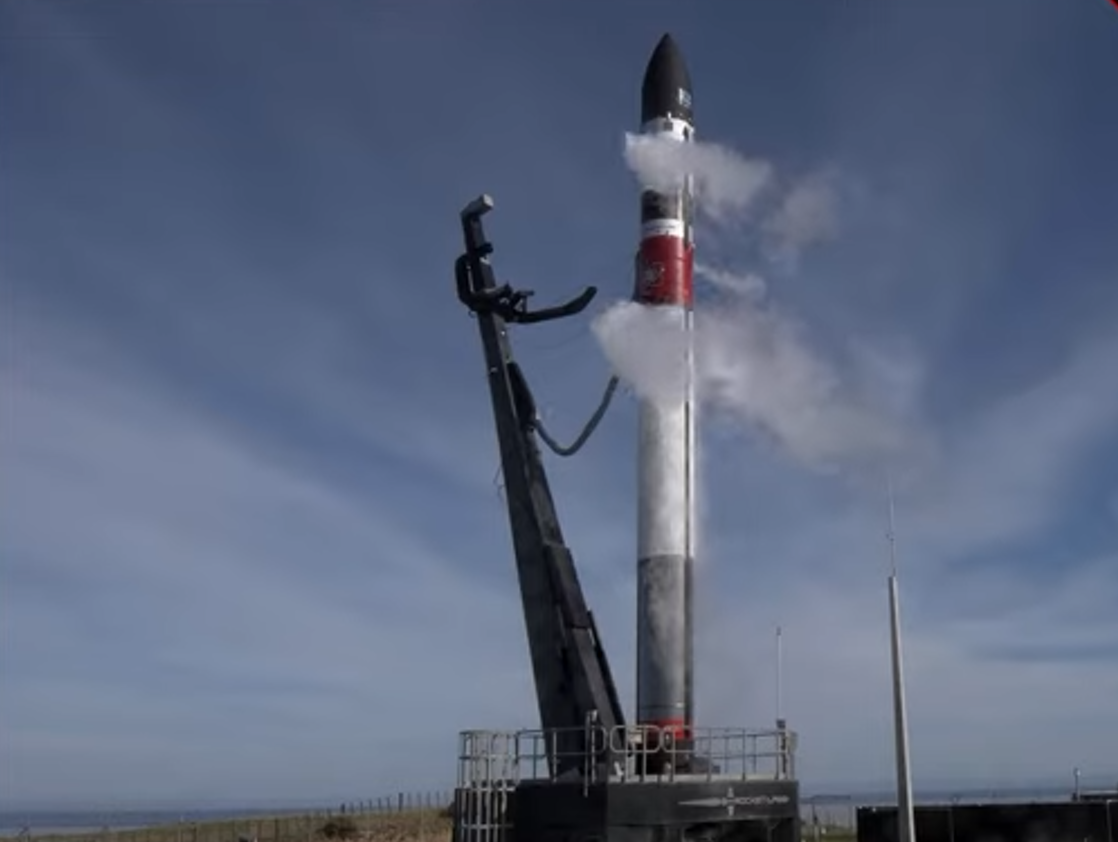
Electron ready to launch

Electron is launching
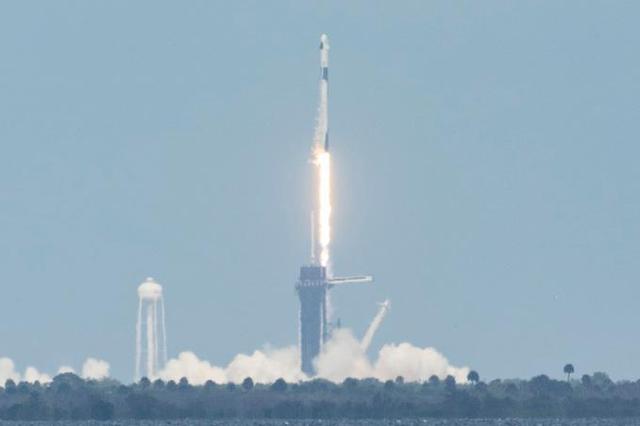
Electron is launching
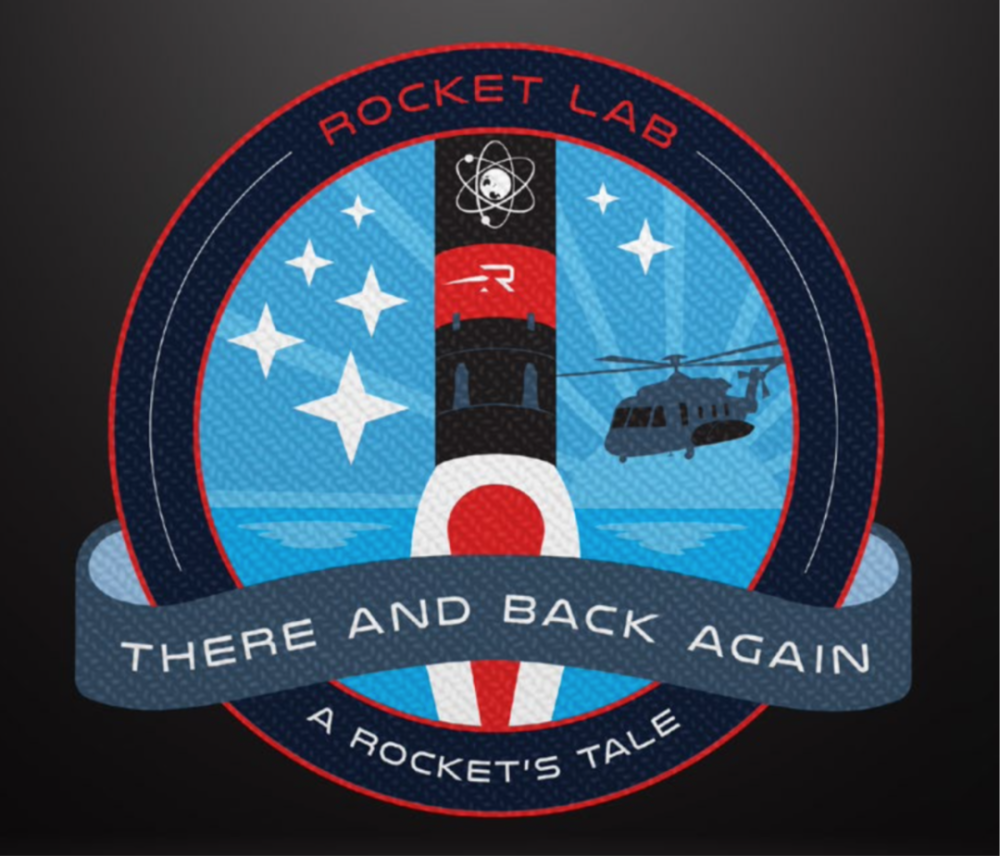
There and Back Again’s logo
This will be the first time Rocket Lab has attempted to capture its rockets with helicopters, part of the company’s plan to recover and reuse its equipment after launch. So far, electron, which aims to launch batches of small satellites into near-Earth orbit, is an expendable rocket. Most of these rockets fall back to Earth after each flight and are eventually destroyed.
However, Rocket Lab hopes to reduce the manufacturing costs associated with building entirely new rockets for each mission by capturing and reusing its rockets after flight. Its targets are similar to those of SpaceX, which is known for landing and reusing rockets after flight. Rocket Lab also claims that recycling and reusing its rockets also helps speed up the rhythm of its flight.
“With recycling, it also saves a lot of time, and you don’t have to build a brand new rocket from scratch,” said Peter Beck, CEO of Rocket Lab.
When Electron is launched into space, the computer on board the vehicle manipulates and guides the booster back into Earth’s atmosphere in the right way, leaving it intact when it falls to the ground. Once the rocket reaches an altitude of about 8.3 miles, it deploys a deceleration umbrella to slow its fall, followed by a main parachute. As the rocket slowly drifts toward the sea, the helicopter will arrive and try to grab the parachute’s line with a dangling hook to avoid falling in the salty waters.
Rocket Lab has been working on its recovery plans since 2019, when it announced that it would try to make its Electron rocket reusable. The first major test took place in December 2019, when the rocket laboratory tested its guidance and control system on Electron. For Rocket Lab, guiding Electron through the atmosphere is one of the most difficult parts of the process. “I think a lot of people think the hardest thing is to catch the rocket, which of course is difficult, but actually, from an engineering point of view, the most difficult thing is to make sure that the rocket survives after it returns to the atmosphere,” Baker said. The rocket reached speeds of more than 5,000 miles per hour during the crash, and as the scorching plasma accumulated around the rocket, it had to remain one.

Falling rocket booster

Helicopter on mission

Helicopter on mission

Helicopter ready to capture boosters and parachutes
Rocket Lab managed to flood the intact Electron rocket into the ocean, and the company retrieved three rockets from the water to learn more about their journey back to Earth. The company’s engineers were able to fire the rocket and peel off some of its parts in order to fly again. Rocket Lab also demonstrated Electron’s ability to deploy its various parachutes after launch. The company used a helicopter to capture a fake rocket in mid-air (although the fake booster was not fallen from space, but was released from another nearby helicopter).
Rocket Lab successfully dumped the full Electron rocket into the ocean, and to learn more about their journey back to Earth, the company retrieved three rockets from the water. Company engineers will turn on the rocket and peel off some of its parts in order to fly again. Rocket Lab also demonstrated Electron’s ability to deploy various parachutes after launch. The company used a helicopter to capture a fake rocket in mid-air (the fake booster did not fall from space, but was released from another nearby helicopter).
Now, Rocket Lab is combining all of these steps with a upcoming launch mission called “There and Back Again” – a reference to the nature of flight and a fitting homage to New Zealand, where The Hobbit and The Lord of the Rings are located. Although the company has rehearsed every step, they still need to release them all at once. “Another question that really has logistical challenges is: Can you meet a rocket under a parachute in the middle of the ocean?” Baker said. “I mean, just a moment ago, it was flying eight times faster than the speed of sound.”
In addition, Electron’s path into orbit will affect Rocket Lab’s decision to attempt helicopter capture. “Some of the tracks are not very suitable for recovery, so they are not 100 per cent reused on every vehicle,” Baker said. Probably 50% or more. “

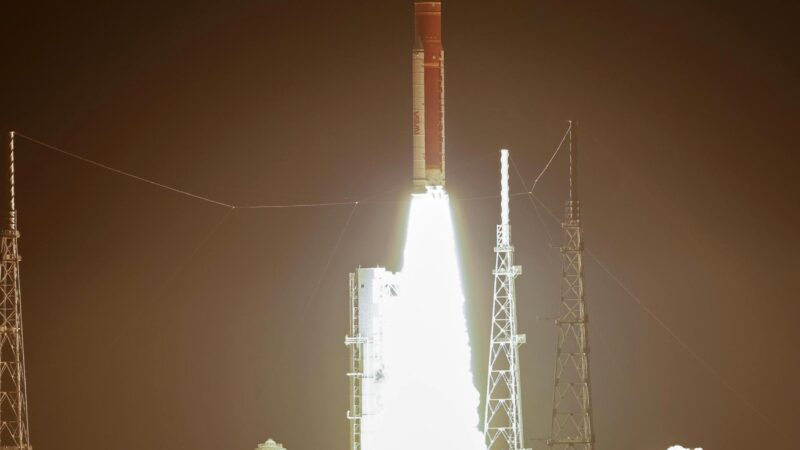
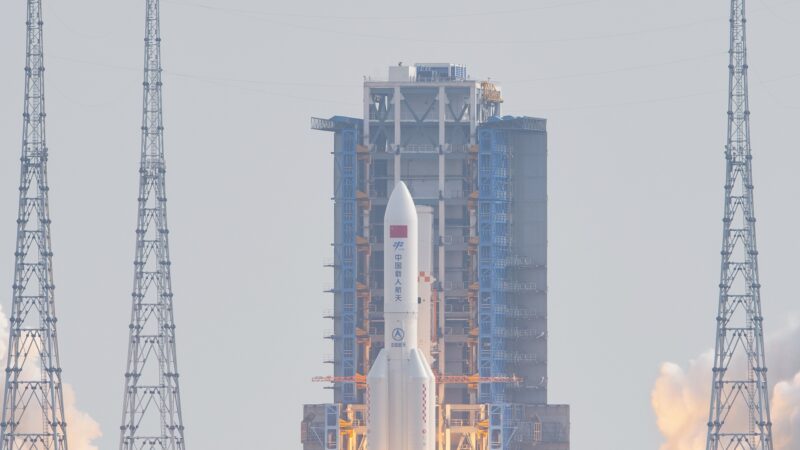
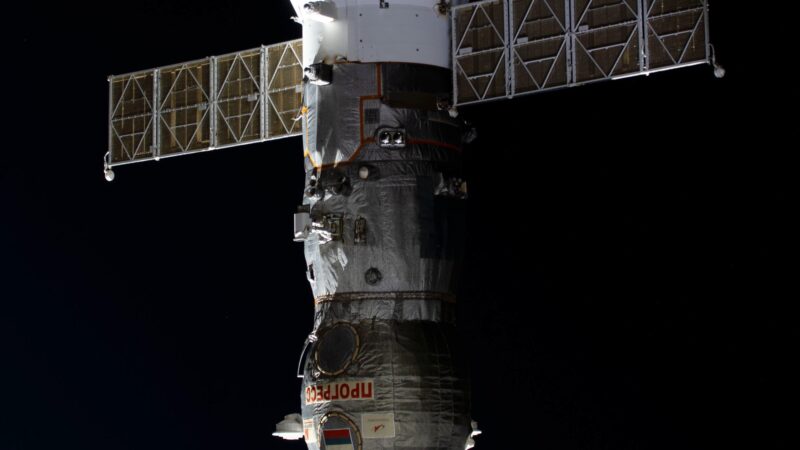
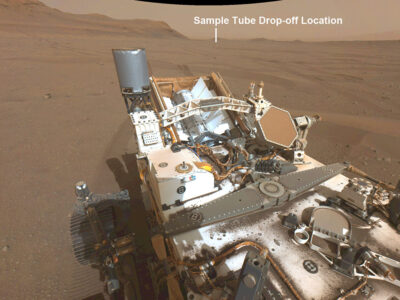

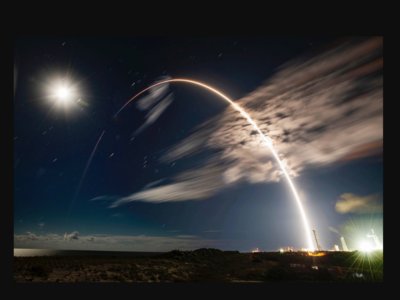
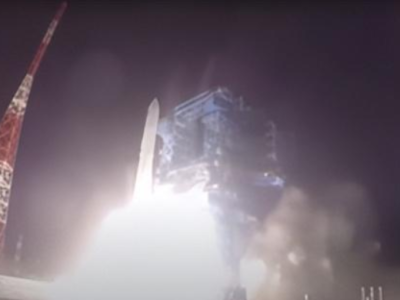



Good news!